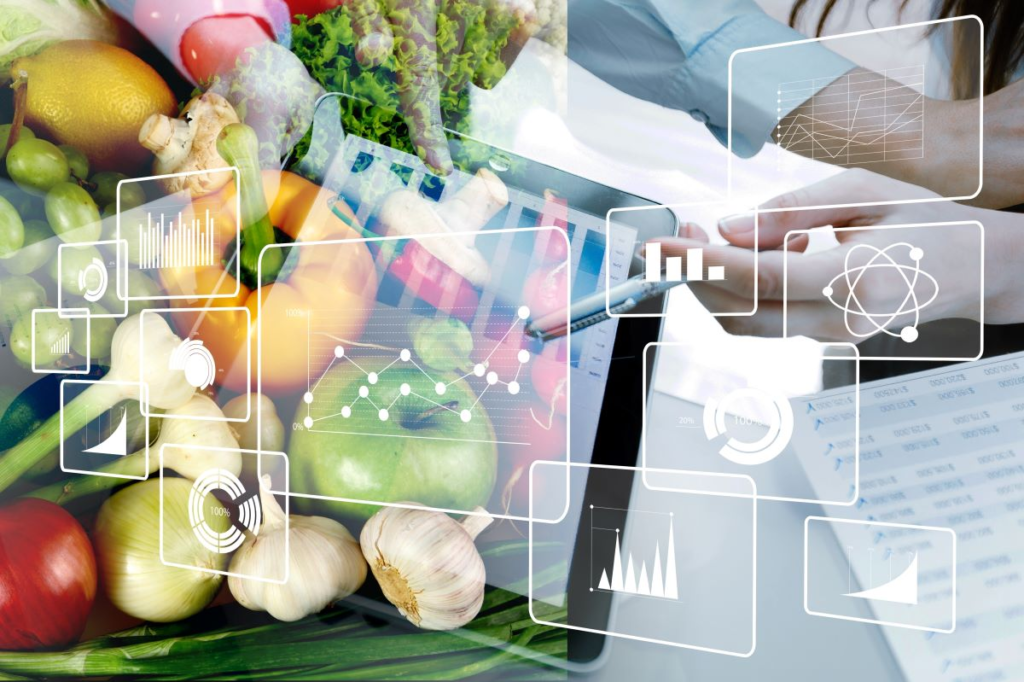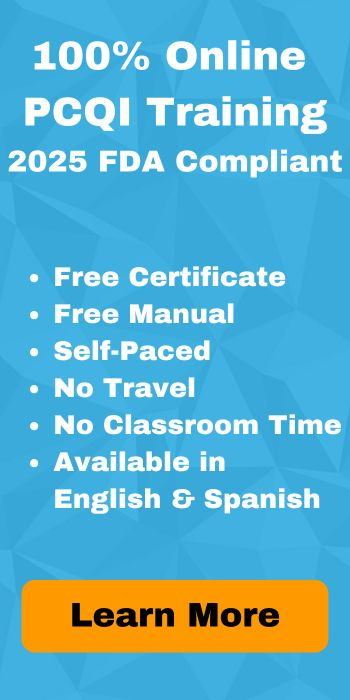
Food safety is critical for businesses in the food industry and consumers alike. However, the technical and regulatory language often used in this field can confuse many. Terms like “process preventive control” or “validation” sound intimidating but play vital roles in ensuring our food is safe.
What is a Process Preventive Control?
Simply put, a process preventive control is a step or measure taken during food production to stop potential hazards before they become a problem. A common example is a kill step with specific procedures to prevent pathogen contamination. The goal is to address issues early to prevent harm later.
Example: Let’s say a bakery makes bread. A preventive control might involve ensuring the dough is baked at a specific temperature to kill harmful bacteria. Regular checks confirm that the oven maintains this temperature. The bread might be unsafe to eat if the oven isn’t hot enough.
When to Revalidate a Process Preventive Control
Revalidation means double-checking that a preventive control still works as intended. This might be necessary when something changes, like introducing new equipment, ingredients, or methods.
Example: Imagine the bakery upgrades its ovens. Even if the new ovens seem better, the bakery must test them to confirm they reach the required temperature to kill bacteria. Similarly, if they start using a new type of flour, they need to ensure it doesn’t introduce unexpected risks.
Critical Control Points (CCPs)
A critical control point is a specific step in a food production HACCP Plan where a hazard can be prevented, eliminated, or reduced to an acceptable level. Missing a CCP can lead to unsafe food.
Example: In a factory making frozen vegetables, a CCP might be where the vegetables are blanched (briefly boiled) to kill bacteria. Monitoring this step ensures the vegetables are safe before freezing.
What is Traceability?
Traceability refers to tracking food products through every stage of production, processing, and distribution. This is crucial for identifying and recalling contaminated products quickly.
Example: If a batch of peanut butter contains salmonella, traceability allows companies to pinpoint which jars are affected and remove them from shelves while ensuring others remain safe.
Validation vs. Verification
Validation and verification might sound similar, but they have different purposes:
- Validation confirms that a process works to control a hazard.
- Verification ensures the process is followed correctly every time.
Example: Validation might involve testing whether a sanitizer effectively kills germs on cutting boards. Verification would be routine checks to ensure employees are using the sanitizer according to the written SOP (Standard Operating Procedure).
Food Safety Plan
In accordance with FSMA’s Human Food Rule, a food safety plan is specific for each food and facility. It lists all the potential hazards of ingredients in a food product and hazards and risks along the food operation flow chart and the specific steps taken to control them. It’s like a playbook for keeping food safe.
Example: A juice manufacturer’s food safety plan might include washing fruits, pasteurizing juice, and testing for pathogens before packaging. It also covers what to do if something goes wrong.
Allergen Management
Managing allergens involves following sanitation SOPs, environmental monitoring and preventing cross-contact between foods that contain allergens (like peanuts or milk) and those that don’t. It also ensures clear labeling so consumers with allergies can make safe choices.
Example: A chocolate facility may dedicate separate equipment for nut-free products and test them regularly to ensure no traces of nuts are present.
Why This Matters
In food safety, there are scientific, legal, regulatory compliance and public health consequences to the terms we use. Food safety team members and their managers must be speaking the same language to prevent hazards and lower risks. Understanding these terms helps everyone feel more confident about food safety, from food industry professionals to consumers. When food businesses apply these principles, they protect public health and build customer trust.
Food safety doesn’t have to feel like a foreign language. We can better understand the processes that keep our meals safe by ensuring clear understanding and proper use of complex terms. Whether you’re a business owner, employee, or consumer, knowing the basics can empower you to make informed choices about food safety.
For businesses looking to strengthen their food safety knowledge, explore ImEPIK’s online training and certification courses. Our programs provide practical, easy-to-understand guidance tailored to real-world needs.

